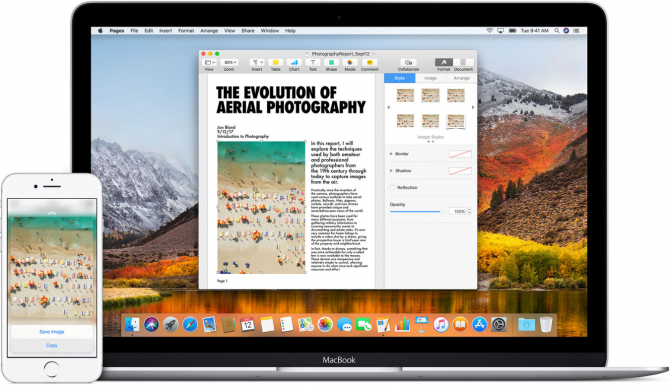Apple Could Soon Unify iPhone, iPad and Mac Apps
Apple users have long wondered if the company would unify its iOS and macOS platforms. While Apple's been silent on that front, a new report suggests the company plans to merge apps across its operating systems as early as next year.
This news comes from a Bloomberg report by Mark Gurman, an Apple rumor sleuther with a fantastic record. The report claims that Apple will give developers the option to make apps that universally support both iPhones, iPads and Macs "as early as next year," which would point to an announcement at Apple's annual Worldwide Developers Conference (WWDC), which typically takes place in June.
This unification project — which Apple refers to internally as Marizpan — is planned to hit consumers as early as next fall, with Apple's next major iOS and macOS updates.
The move would be a major boon to Mac users, as the app store on Macs has stayed relatively stagnant while the iOS app store routinely offers apps a long time before they make it to other platforms. Recent innovations in iPhone CPU speeds, with the blazing-fast A11 Bionic processor that's as fast as some laptops, could also allow the iPhone to run desktop-quality apps.
MORE: iPhone X vs iPhone 8 vs iPhone 7: Which One's Right For You?
Gurman provided readers with reason to be skeptical, though, stating "Apple’s plans are still fluid, the people said, so the implementation could change or the project could still be canceled."
The idea of universal apps is nothing new. Microsoft revealed its Universal Windows Platform in 2015, even if the Windows Phone platform would wind up sputtering out and going the way of the Apple Newton (retirement). Google is also playing around in this territory, as it finally brought Android apps and the Google Play store to Chrome OS in 2017.
Sign up to receive The Snapshot, a free special dispatch from Laptop Mag, in your inbox.
The big question, though, is how touch-based apps would work on Macs, which don't offer touchscreens. Would developers create new ways to work with their existing apps, or would Apple finally release a touchscreen MacBook Pro? Stay tuned to find out.
This article originally appeared on Tom's Guide.
Credit: Apple
Henry was a contributing writer at Laptop Mag. He penned hundreds of articles, including helpful how-tos for Windows, Mac, and Gmail. Henry has also written about some of the best Chromebooks, and he has reviewed many Apple devices, including various MacBook Air laptops. He is now a managing editor at our sister site Tom's Guide, covering streaming media, laptops, and all things Apple.

